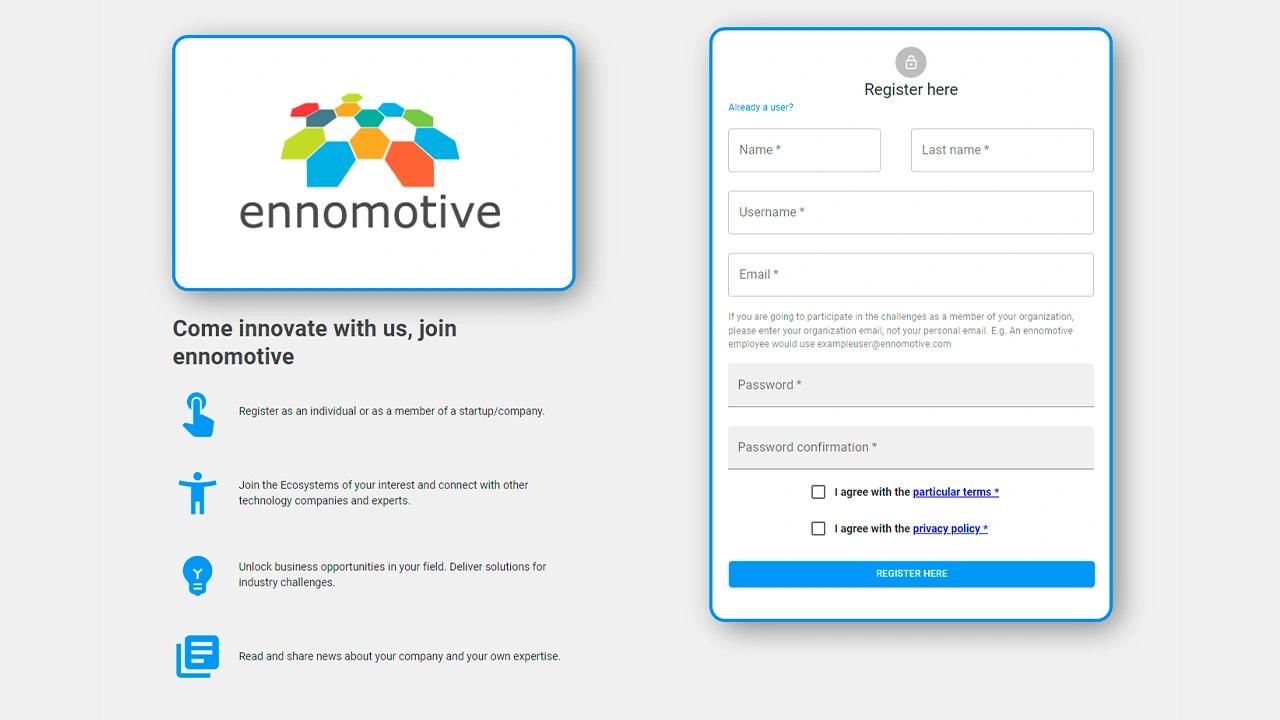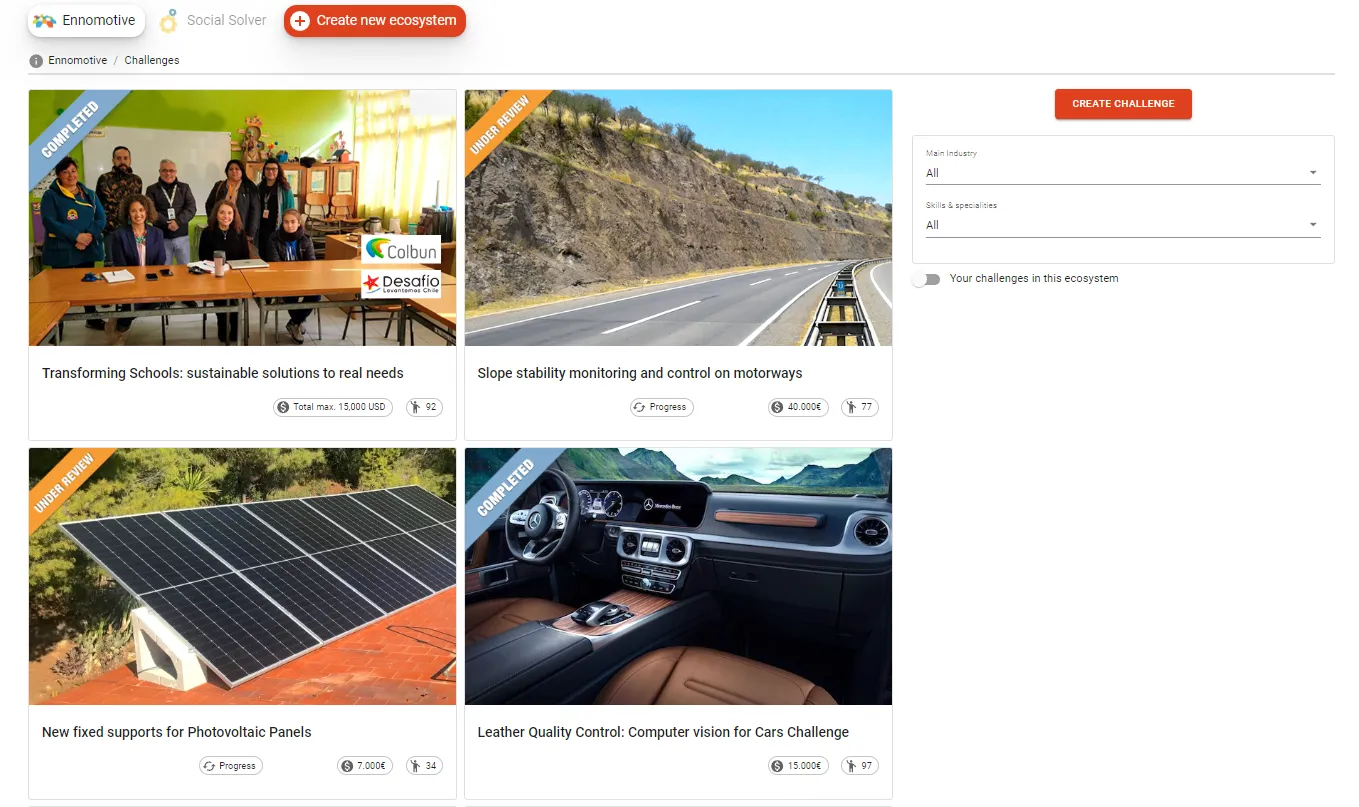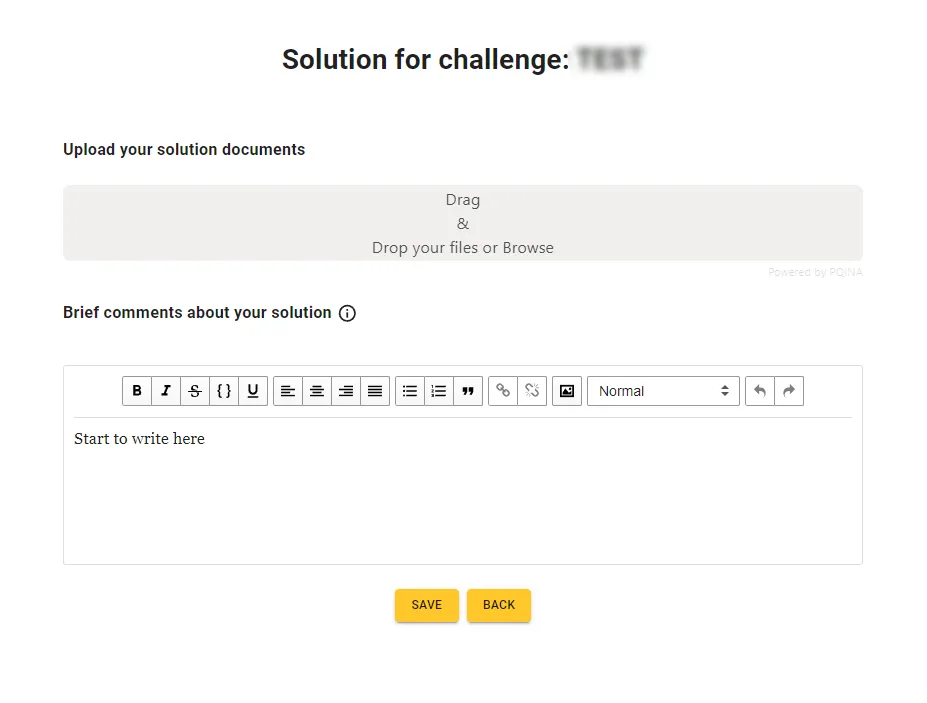Background
Our client is a world player in the Oil and chemical industry. At refineries, crudes are distilled and transformed into products such as diesel, gasoline, heating fuel, kerosene, and liquefied gas, as well as other raw materials later treated at chemicals plants.
The challenge
Some process piping containing H2S that have heating/isolation requirements, like personal protection, heat conservation, or steam tracing. H2S is flammable and very toxic and, for this reason, a containment system is required in certain cases.
The idea is to be able to contain and detect a leak in order to activate the corresponding mitigation procedures. Certain tightness has to be guaranteed, so in the event of a gas leak, the gas will remain controlled and confined for a certain period of time, long enough to detect the leak and carry out the adequate response.
The worst case scenario would be a leak in a pipe caused by unknown reasons, where the leak size is 10% the size of the pipe diameter, as it is shown in the figure attached.
Process temperatures vary from 50 to 315ºC and operating pressures vary from 0.12 to 0.88 kg/cm2(g).
What the client is looking for
A system which can provide containment as well as heat isolation and/or tracing in process piping, and which is able to maintain certain tightness, enough to detect the leak and carry out the adequate response in case of a leak.
The system must:
- Be suitable for pipes from 8 to 24 inches. The lines are no longer than 100m in process units. See 2 typical pipelines in the attached Annex 1.
- Be adaptable to all kind of pipes' accessories (Tees, elbows, connection instruments) and to pipe rack supports.
- Be easy to maintain and install.
- Include a leak detection system.
- Keep tightness for at least 2 minutes. During that time the toxic cloud cannot spread over 1500m.
- Classify area Zone 2, groups IIA y IIB
Regarding pipe insulation, the following characteristics are required:
- The insulation materials shall be chemically neutral, not liable to rot, fireproof and must not cause any corrosion on the surfaces they will be applied.
- Insulating materials shall be completely asbestos-free.
- Their chloride content shall be less than 10 ppm by weight.
- Accessories used to attach the protection plates shall not produce any electrochemical corrosion on them.
- The insulating material used is mineral wool blankets or panels, for both heat conservation and personal protection. See Annex 2 Insulation thickness sheets, for pipe heat insulation and for personal protection insulation.
This is a 3-rounds tournament with the following submissions:
Round 1
PDF document including:
- Sketches, 3D designs, devices to be installed.
- Assembly process
- Leak detection process
- Approximate investment
Additionally you can upload any supporting documents that are necessary (see formats allowed, other cases compressed in a zip file)
Round 2
- Construction plans of the solution, specification of materials, etc.
- Installation and detailed assembly process
- Tests to validate the solution
- Necessary investment and unit costs
Round 3
- Installation of prototypes or commercial equipment
- Tests
Evaluation Criteria
- Safety in the operation
- The simplicity of the device
- Lower necessary investment and unit costs
Tournament Structure and Timing
This is a 3 round tournament with the following timings
1st round – 6 weeks + 2 weeks for evaluation
2nd round – 4 weeks + 2 weeks for evaluation
3rd round – 6 weeks + 2 week for evaluation



